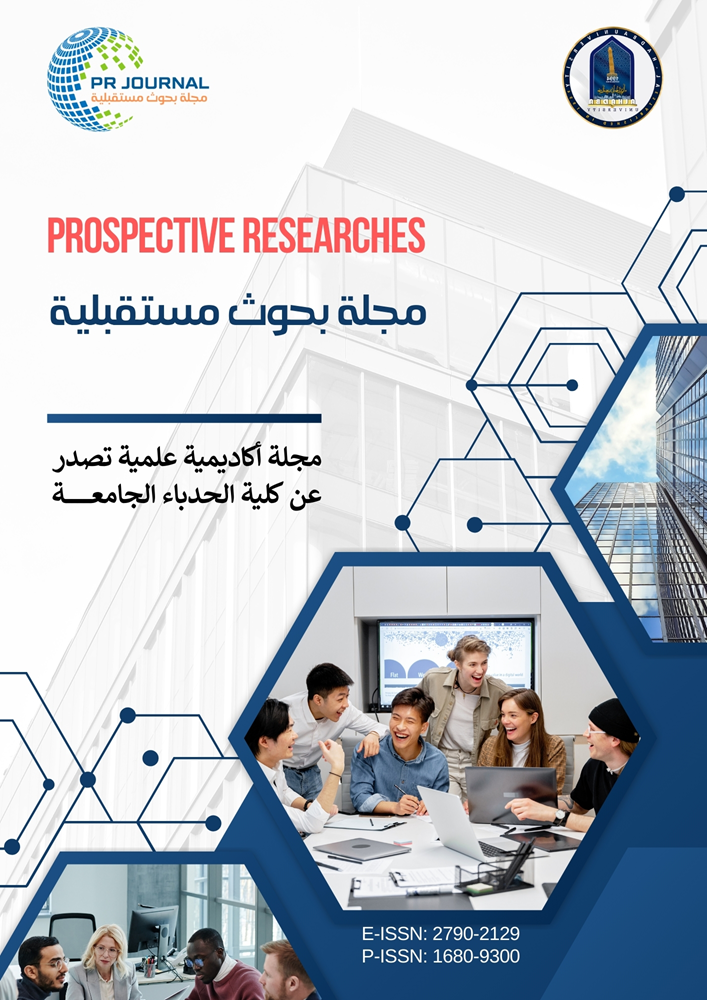Managing Streaming Database System for Education by Using Partial Replication Approach to Update the Database
Keywords:
Database, Streaming Database, Data Mining, Big DataAbstract
Most classical SQL databases store information that does not
change frequently. Models are client relationship management
applications or site applications that update like clockwork/seconds.
Up to this point, software engineers needed to compose sophisticated
code to make databases work with constant changing or streaming
information. Creating grate micro services to deal with stream
information are normal and frequently delicate. A streaming database
works with dynamic information that changes repeatedly. This
changing information triggers activities in the database inquiries and
applications rather than the reverse way around. The main
characteristics of streaming databases are that continuous insert new
data records, update the database status in real time, and answer online
queries with consistency database state. This research follows a
streaming database technique for managing stream educational
information for lecturers in Computer Science Department supporting
it with the lot occasions simultaneously. This research applies a partial
replication approach that update the database periodically depending
on the updating triggers. The replication accompanied by a change in
the number of triggers indicates a significant education event.
Experiments led the belief that the streaming database structures are
extra appropriate for utilize educational information in universities.
This is come from the fact that the traditional database system spent
about 5 minutes for updating 10 rows in two different computers,
while in suggested streaming database system we spent only about 4
minutes. This kind of online updating and its results can be used in
education systems in various way
Downloads
Published
How to Cite
Issue
Section
License

This work is licensed under a Creative Commons Attribution-NonCommercial-NoDerivatives 4.0 International License.
Copyright © 2025 by the authors. This work is licensed under a Creative Commons Attribution-NonCommercial-NoDerivatives 4.0 International License (CC BY-NC-ND 4.0). You may not alter or transform this work in any way without permission from the authors. Non-commercial use, distribution, and copying are permitted, provided that appropriate credit is given to the authors and Al-Hadba University.







